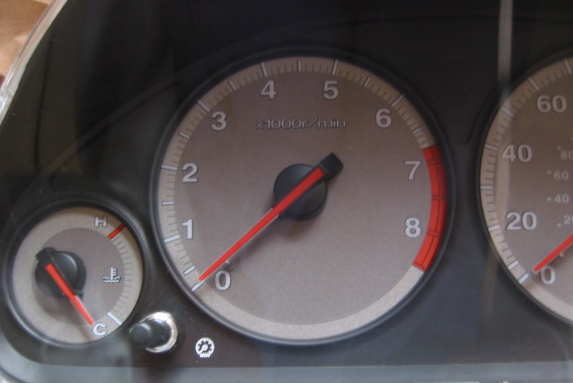Using the Workshop Manual to troubleshoot my 2006 FGT fuel level gauge. Page 413-01-21, step B5, results in a reading of 2.4 volts. The instruction for voltage present, which I think means a short to voltage exists, is to repair circuit 900 (BK). Anyone have any experience with repairing circuit 900? I assume that it comprises a black wire, but I'm not sure where to look for a short to voltage.
Thank you in advance for any help.
Thank you in advance for any help.


